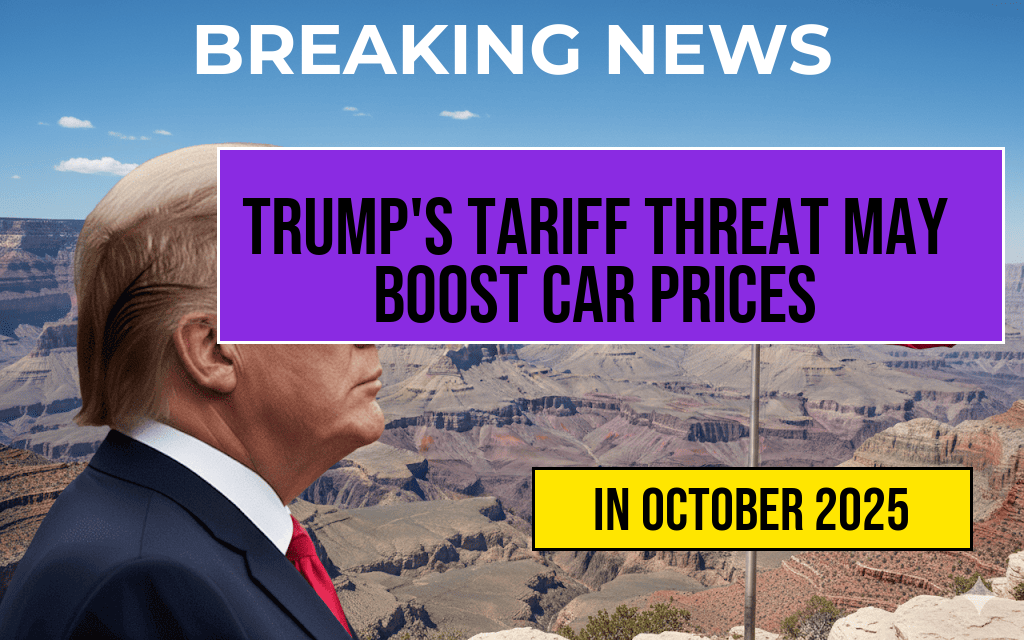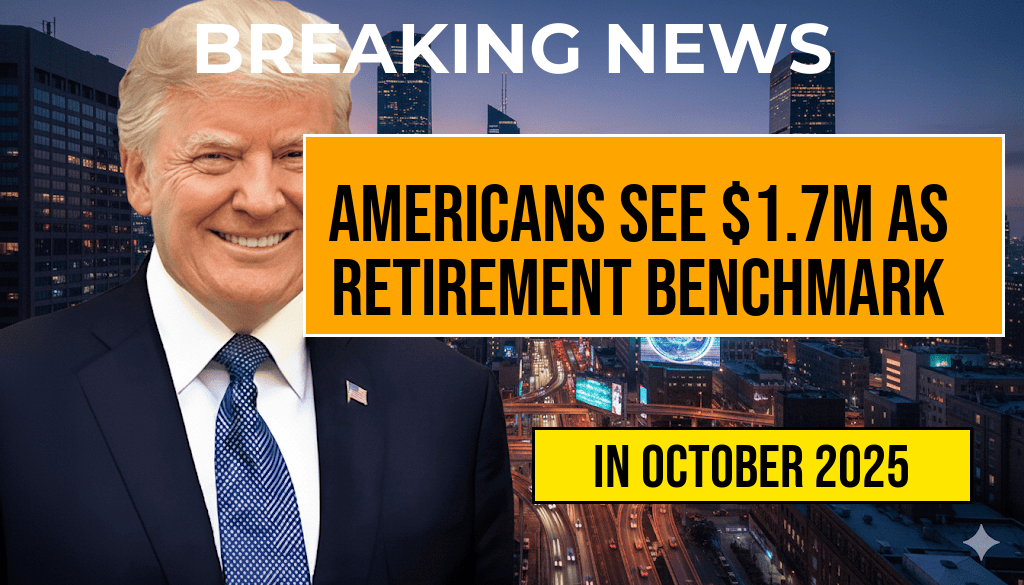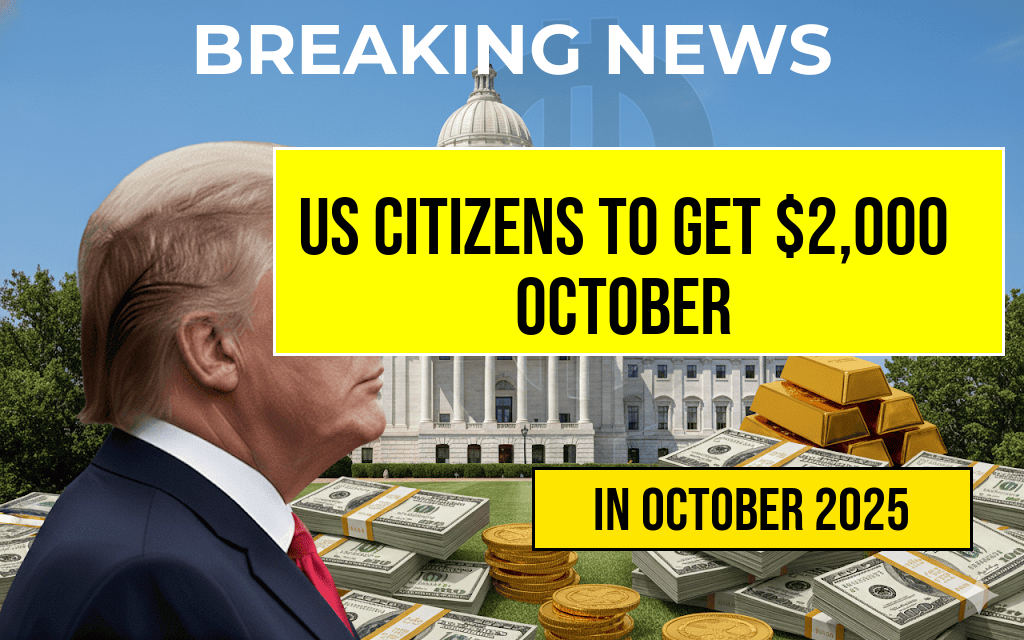Automakers and consumers are closely monitoring recent developments surrounding President Donald Trump’s potential tariff threats on imported vehicles. If enacted, these tariffs could significantly increase the cost of new cars for American buyers, with estimates suggesting price hikes of up to $5,286 per vehicle. The move aims to address trade imbalances and protect domestic manufacturing, but it also raises concerns about inflation in the automotive sector, supply chain disruptions, and reduced consumer choice. Industry analysts warn that such tariffs could reshape the landscape of vehicle pricing, affecting everything from budget-friendly sedans to luxury SUVs. As negotiations continue and political considerations unfold, consumers and industry stakeholders alike are bracing for potential shifts that could influence the future of car buying in the United States.
Potential Tariff Implementation and Its Impact on Vehicle Prices
What Are the Proposed Tariffs?
President Trump has signaled a willingness to impose tariffs on imported automobiles, targeting primarily vehicles assembled outside the United States, especially those from countries like Japan, Germany, and South Korea. The justification centers on reducing trade deficits and incentivizing domestic manufacturing. If these tariffs are implemented at the levels discussed—possibly as high as 25%—the direct consequence would be an increase in the cost of imported vehicles, which could cascade through the entire supply chain.
Estimated Cost Increase for Consumers
According to recent analyses by automotive market experts, the average American consumer could face an increase of approximately $1,000 to $5,286 on new vehicle purchases, depending on the vehicle’s price point and origin. For context, the average new car price in the United States hovers around $48,000. A tariff of 25% on imported vehicles could push this average upward by thousands of dollars, disproportionately impacting mid-range and economy segments.
| Vehicle Category | Average Price Before Tariffs | Estimated Price Increase | New Average Price |
|---|---|---|---|
| Economy/Compact Cars | $20,000 | $2,000 | $22,000 |
| Mid-Size Sedans | $25,000 | $3,125 | $28,125 |
| SUVs and Crossovers | $35,000 | $4,375 | $39,375 |
| Luxury Vehicles | $60,000 | $7,500 | $67,500 |
Industry Response and Economic Considerations
Automaker Strategies
Major automakers are already assessing the potential impact of tariff threats. Some have begun exploring alternative supply chain arrangements, including increasing manufacturing capacity domestically or shifting sourcing strategies to mitigate cost increases. For example, U.S. automakers like Ford and General Motors have expressed concerns about how tariffs could inflate vehicle prices and erode consumer demand.
Consumer and Market Effects
Higher vehicle prices could lead to decreased sales volume, especially among budget-conscious buyers. This decline may slow overall industry growth and push consumers toward used vehicles, which are less affected by tariffs but often come with higher maintenance costs and fewer modern features. Additionally, rising vehicle costs could accelerate inflationary pressures within the broader economy, affecting not only car buyers but also the supply chain for parts and accessories.
Political and Trade Implications
Trade Negotiations and Diplomatic Tensions
The threat of tariffs is intertwined with ongoing trade negotiations and geopolitical considerations. Critics argue that such measures could provoke retaliatory actions from trading partners, potentially leading to a trade war that impacts multiple sectors beyond automotive manufacturing. Countries like Japan, Germany, and South Korea have historically exported substantial volumes of vehicles to the U.S., and retaliatory tariffs could further complicate diplomatic relations.
Legal and Regulatory Challenges
Legal battles may also emerge as both automakers and consumer advocacy groups challenge tariff measures. The administration’s authority to impose tariffs under certain trade laws could be contested, adding layers of uncertainty to the policy landscape. The potential for prolonged legal disputes underscores the complex interplay between economic policy and international trade agreements.
Looking Ahead
While the final decision on tariffs remains uncertain, the prevailing expectation is that any significant increase in vehicle costs would prompt consumers to reconsider their purchasing plans, possibly delaying new car acquisitions or turning to alternative transportation options. Industry analysts advise that potential buyers should monitor official announcements closely and consider the timing of their vehicle purchases amid these geopolitical developments.
For more details on the automotive trade landscape and tariff policies, visit Wikipedia’s page on the U.S. automotive industry and Forbes coverage on tariff impacts.
Frequently Asked Questions
What is the main concern regarding Trump’s tariff threat on new cars?
The main concern is that Trump’s tariff threat could lead to an increase in vehicle prices by up to $5,286, making new cars more expensive for consumers.
How might tariffs impact the overall cost of purchasing a new vehicle?
The tariffs could raise the cost of importing vehicles and parts, which may result in higher manufacturer prices and ultimately increase the price consumers pay at the dealership.
Which types of vehicles could be most affected by these tariffs?
Imported vehicles and cars with parts sourced internationally are likely to be most affected, potentially experiencing the largest price increases due to tariffs on foreign goods.
Are there any potential benefits to consumers despite the price increase?
While the immediate effect may be higher vehicle prices, some argue that tariffs could encourage domestic manufacturing and lead to increased job creation in the U.S. automotive industry.
What can consumers do to prepare for potential price changes in new cars?
Consumers may consider buying sooner rather than later to lock in current prices, or exploring alternative models and brands that might be less affected by tariffs to mitigate potential cost increases.





